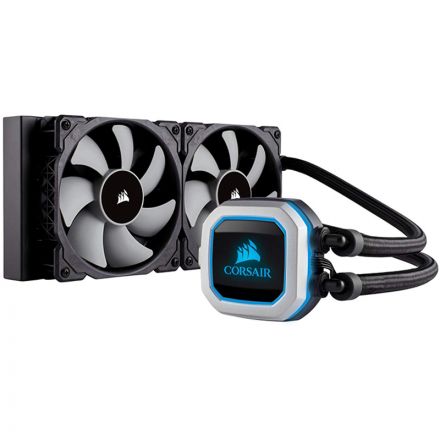This website uses cookies to ensure you get the best experience on our website. Read more


Categories: Technology
Posted: September 18, 2023
Overclocking your Ryzen CPU can be a game-changer when it comes to maximizing your PC's performance. Whether you're a gamer, content creator, or simply want to squeeze more power out of your system, overclocking can deliver impressive results. In this guide, we'll walk you through the steps to overclock your Ryzen CPU like a pro.
Understanding Overclocking: Before diving into the process, it's crucial to understand overclocking. Simply put, overclocking involves pushing your CPU beyond its factory-set limits to achieve higher clock speeds. This results in improved performance, but it also generates more heat and consumes more power. Overclocking can be a double-edged sword, so proceed with caution.
Research Your CPU: Start by researching your specific Ryzen CPU model. Not all processors are created equal, and some may overclock better than others. Visit AMD's official website or community forums to find information and recommendations specific to your CPU.
Ensure Proper Cooling: Overclocking generates more heat, so investing in a good cooling solution is essential. A high-quality air cooler or liquid cooling system will help maintain stable temperatures during overclocking sessions.
Enter BIOS/UEFI: To overclock your Ryzen CPU, you'll need to access the BIOS/UEFI settings. Restart your PC and press the designated key (usually Del, F2, or F12) during startup to enter the BIOS/UEFI.
Adjust Clock Speeds: In the BIOS/UEFI, look for settings related to clock speeds. You'll typically find options for base clock (BCLK) and multiplier. Incrementally increase these values while monitoring your CPU's stability and temperature. Be cautious not to go too far too quickly, as this can lead to instability or even damage.
Stress Testing: After each adjustment, run stress tests like Prime95 or AIDA64 to check for stability. If your PC crashes or experiences errors, dial back the overclock until it's stable.
Voltage Adjustments: To achieve higher clock speeds, you may need to increase the CPU voltage slightly. Be conservative and only raise the voltage if necessary, as excessive voltage can damage your CPU. Keep an eye on temperature and stability during this process.
Monitor Temperatures: While overclocking, it's crucial to monitor your CPU's temperature. High temperatures can reduce your CPU's lifespan and lead to instability. Use monitoring software like HWMonitor to keep tabs on temperature levels.
Document Your Settings: As you make adjustments, document your settings and the results of stress tests. This will help you keep track of what works and what doesn't, making it easier to fine-tune your overclock.
Conclusion
Overclocking your Ryzen CPU can provide a significant performance boost if done correctly. It's essential to research, be patient, and prioritize stability and temperature control. With the right precautions, you can unlock your CPU's full potential and enjoy a faster and more responsive PC experience.














